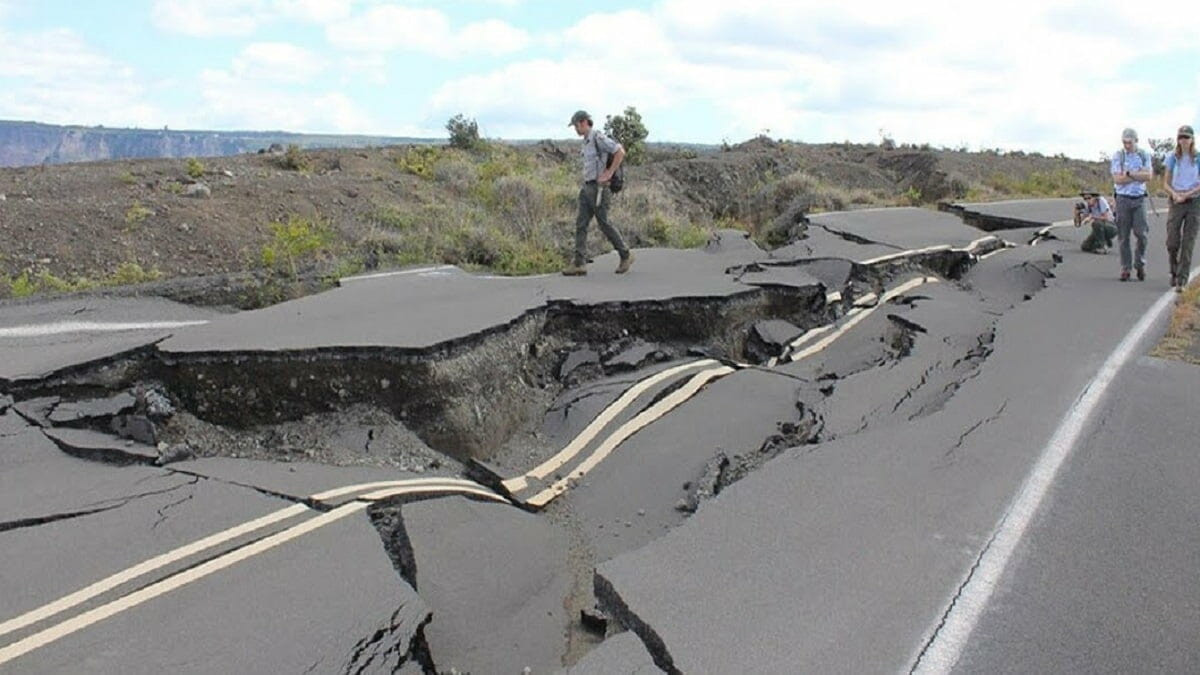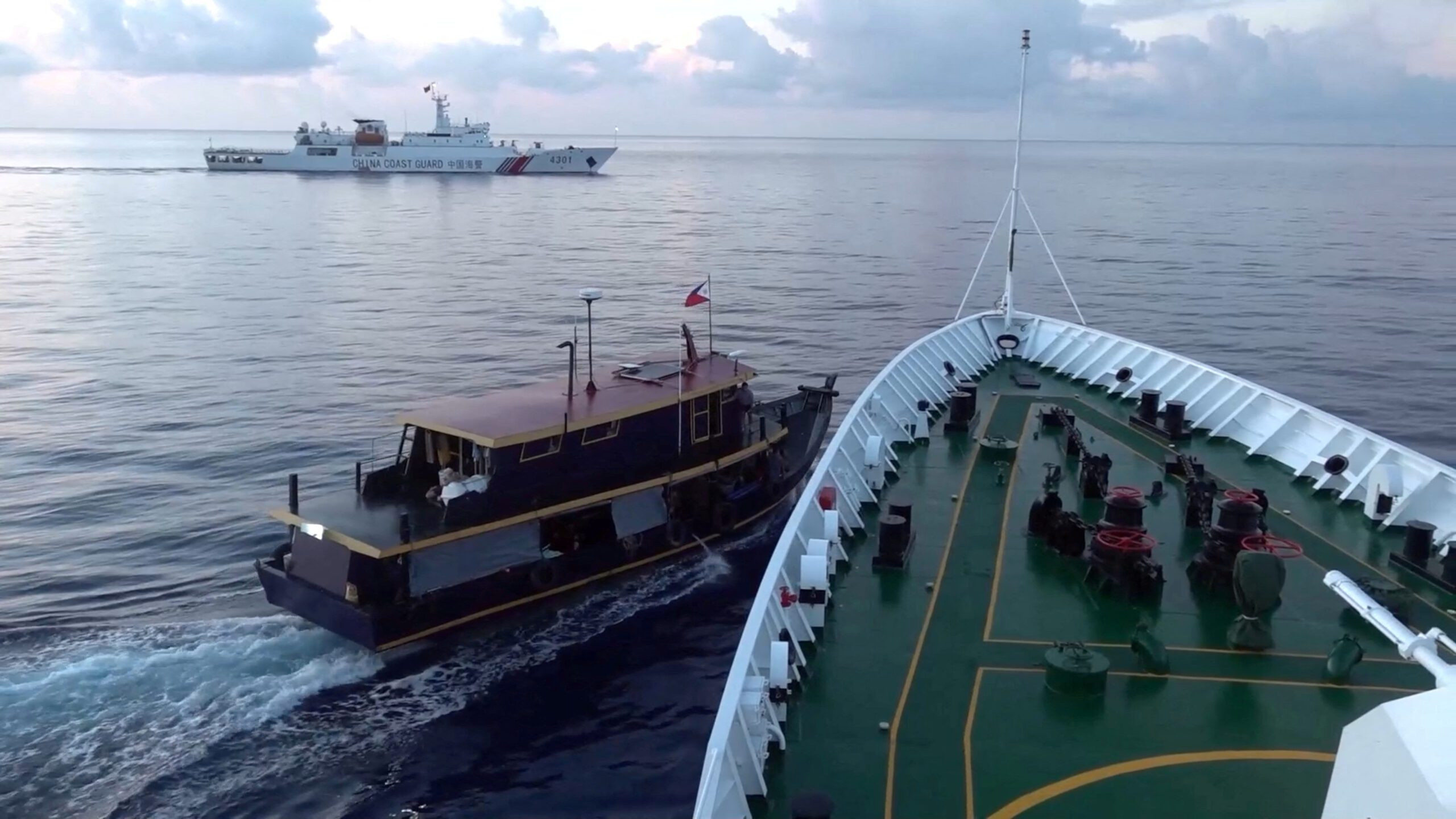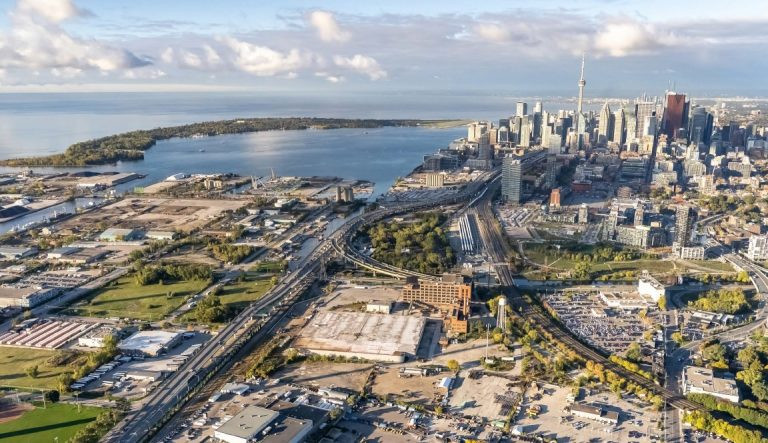A 4.2-magnitude earthquake struck off the coast of Vancouver Island on Wednesday, the latest and largest in a series of quakes in southwestern B.C. over the past month. The earthquake was recorded at 8:35 a.m. at a depth of 10 kilometres, with the epicentre about 210 kilometres west of Nootka Sound, according to Earthquakes Canada. This marks the 60th seismic event in the region within the last month, making it the most significant in terms of magnitude.
The recent earthquake activity underscores the seismic nature of the region, as Vancouver Island sits near the boundary of the Juan de Fuca and Explorer plates, both of which are moving towards the island. The difference in their speeds, with the Juan de Fuca plate moving at 4.5 centimetres per year and the Explorer plate moving at 2.5 centimetres per year, causes stress along the fault zone, resulting in frequent earthquakes. The recent series of quakes, while notable for their frequency, are considered normal for the region, with smaller earthquakes occurring daily and larger ones capable of causing damage occurring roughly every decade.
Recent Earthquakes in the Region
The earthquake off Nootka Sound follows a 3.8-magnitude earthquake that struck Haro Strait on September 26th. This earlier quake, centred 11 kilometres east of Sidney and almost 55 kilometres beneath Earth’s surface, was felt by hundreds of people as far north as Nanaimo and Parksville and south to Washington state. This earthquake was significant due to its proximity to populated areas, resulting in it being felt despite its depth.
Earthquake Early Warning System in B.C.
British Columbia has a newly launched national Earthquake Early Warning (EEW) system. This system, designed to enhance early detection and warning in areas of moderate to high earthquake hazard, can provide seconds to tens-of-seconds of notice before strong shaking starts. The EEW system, launched in British Columbia in May 2024, is triggered by earthquakes with a magnitude of 5.0 and larger. Alerts are sent through the National Public Alerting System and will appear on TV, radio, and compatible cellphones. While this system cannot predict earthquakes, it can provide valuable time for people to take protective measures in case of strong shaking.
Importance of Earthquake Preparedness
The recent earthquakes serve as a stark reminder of the importance of earthquake preparedness in the Pacific Northwest. The Great BC ShakeOut earthquake drill on October 17th at 10:17 a.m. encourages people to practice the “drop, cover, and hold on” technique as a safety measure in case of an earthquake. Experts recommend having an emergency plan and a well-stocked emergency kit in place to handle potential emergencies, such as a prolonged power outage, in the event of a major earthquake.
Conclusion: A Region of Constant Movement
The Pacific Northwest is a region of constant seismic activity, with numerous earthquakes occurring each year. While most earthquakes are small and cause minimal damage, the potential for larger, more destructive events is ever-present. The recent earthquakes serve as a reminder for residents to be aware of the risks and to be prepared for potential earthquakes. By understanding the nature of earthquake activity and practicing preparedness measures, individuals can minimize the impact of earthquakes and ensure their safety and well-being.
More than Just Shaking: Understanding the Science Behind Earthquakes
The Dance of Tectonic Plates
Earthquakes are a natural phenomenon that result from the movement of the Earth’s tectonic plates. The Earth’s crust is broken into these plates, which are constantly moving in different directions. When these plates collide, slide past each other, or pull apart, they cause stress and pressure to build up along the fault lines. This pressure eventually releases, resulting in a sudden and violent movement of the Earth’s surface, which we know as an earthquake.
Measuring the Force of Nature
The intensity of an earthquake is measured using the Richter scale, a logarithmic scale that quantifies the amount of energy released during an earthquake. Each whole number increase on the Richter scale represents a tenfold increase in the amplitude of the seismic waves.
Impact Beyond Shaking
The effects of an earthquake can be felt far beyond the initial shaking. The shaking can trigger landslides, tsunamis, and even volcanic eruptions, making earthquake preparedness even more crucial.
Understanding the Risks, Taking Action
Living in an earthquake-prone region requires a proactive approach to safety. Understanding the science behind earthquakes, taking steps to prepare for potential events, and staying informed about warnings and advisories can help mitigate the risks and protect communities.

















